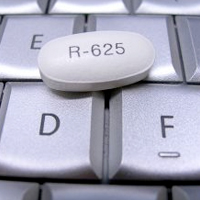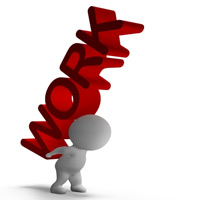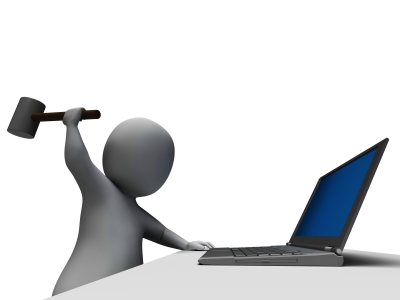The Alexander Technique good posture, bad posture.
The stresses and strains of modern living, combined with the ubiquity of the computer, cell phone, tablets etc., seem to draw us in, collapsing us forward and down and giving us one version of bad posture. Another version of bad posture would be sitting up rigidly straight, which is unsustainable, and adds tension. Sitting or standing up straight usually means military posture.
Bad posture happens when we poke our neck forward towards the computer screen, cell phone, and tablet. Our neck and upper back muscles work harder than needed. This extra tension eventually becomes habitual, even when we’re not at our desks. We then walk, stand, and sit with our neck muscles working harder than required. We are creating our own neck tension and bad posture.
When muscles work, they shorten. When we tense our neck muscles we’re pulling our head backwards and downwards towards the spine, causing compression and poor posture. The good news is that we can learn to go the other way-up, and good posture ensues.
Alexander Technique and Neck Tension.
We say we have a stiff or sore neck, as if someone gave it to us and now it’s ours. In Alexander Technique terms it might be more accurate to say, “I’m stiffening my neck.” Of course if you say it that way you sound insane. ‘Just stop stiffening it’ might be advice we’d get. It isn’t that simple, or is it?
The Alexander Technique helps us free our neck. How do you free your neck? Let’s try it with a different set of muscles. Tense your bicep as in ‘make a muscle.’ Now let it go. I imagine you were able to do that. We have more conscious control of our arm muscles, as compared with the muscles in our neck. Through practice we become more adept at releasing unwanted tension in our neck muscles.
Alexander Technique Posture.
We want to cultivate the ability to identify and affect what we unconsciously, habitually overly tense. The Alexander Technique teaches to ‘free your neck so that your head can move forward and up.’ Forward can be explained in different ways, but thinking of forward as a forward rotation works best. It’s a forward rotation of the head on the spine, while the crown of the head moves up. You can achieve a forward rotation of your head by slightly lowering your nose, and an Alexander Technique teacher will be able to tell if you’re overdoing it.
So, slightly lower your nose, let the crown of your head move up, leading your whole spine into length. If you are seated, let your sit bones release down into the chair. Let yourself breathe fully…slowly. Let the Alexander Technique help your posture, sustainably.
Mark Josefsberg-Alexander Technique NYC
Image courtesy of Freedigitaldownloads.net-Binary Code Background by Feelart












[…] someone free their neck and release excess tension is done with words, touch, imitation and the ‘vibe’ of the […]
[…] can sound a little depressing, until we realize the Alexander Technique starts with awareness, taught in a very systematic, sympathetic, logical way. You start to feel […]
[…] more in line with Alexander Technique principles definitely takes work of a sort. Walter Carrington, from his book ‘Thinking […]
[…] What changes do people want to see as the result of taking Alexander Technique lessons? Most often people want help with their posture, and to reduce and eliminate back pain and neck pain. […]